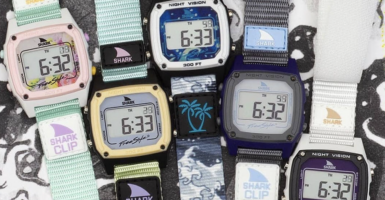The Most Heartbreaking Submarine Disasters Of All Time
There’s something undeniably claustrophobic about the idea of being sealed inside a submarine and descending under the waves. While submarines are generally safe in the modern era, there have been numerous tragedies and close calls ever since these devices were first pioneered in the 19th century.
The reasons for these incidents vary — from human error to enemy attack to rumors of supernatural activity — but each one has represented a teachable moment for the industry. While most of the craft on this list are submarines, two are technically submersibles — in other words, craft that are launched from a larger ship.
H.L. Hunley – 1864
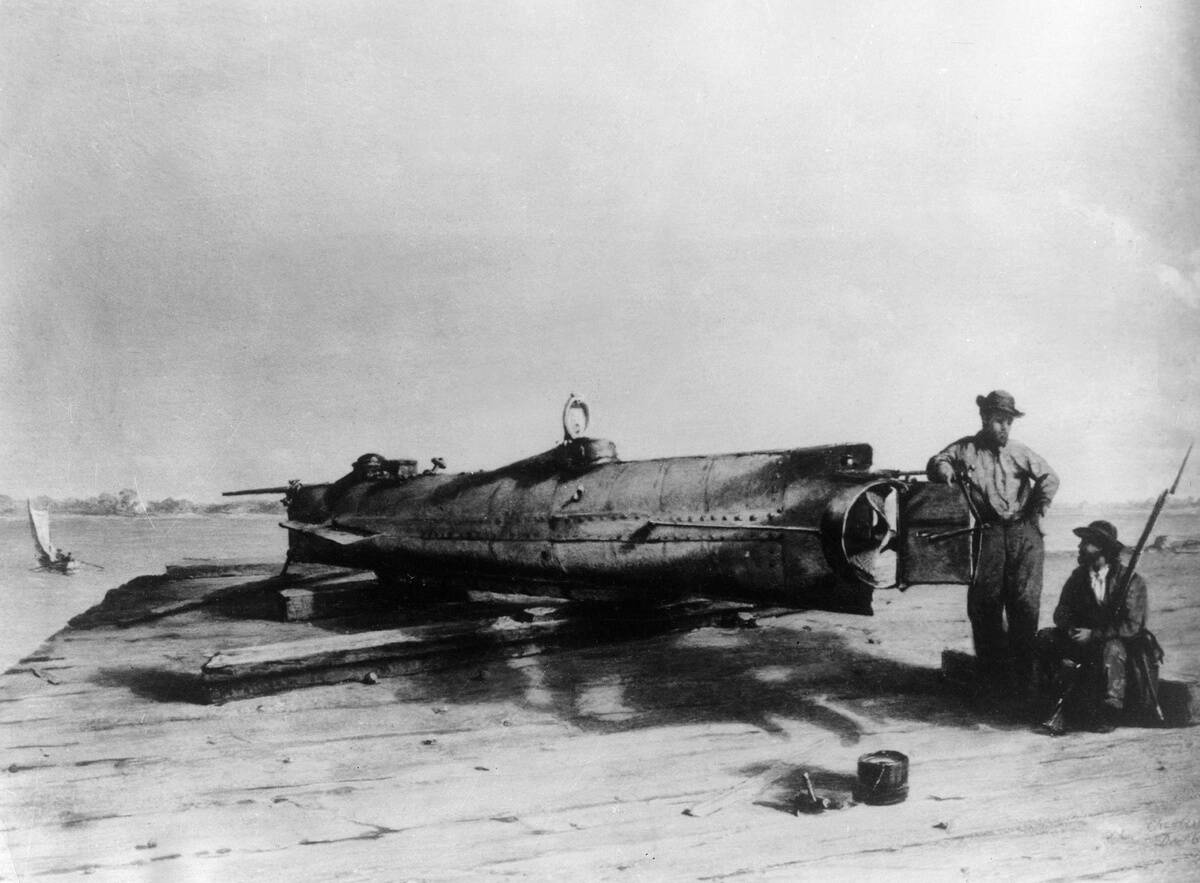
During the Civil War, the Confederacy pioneered the use of submarines in combat — and while innovative for the time, the results were mixed. The submarine sank on a test run in 1863, killing five crewmen, but was then recovered. Later that year, the sub sank again, killing all eight onboard.
After a second recovery, the Hunley was sent to attack the USS Housatonic warship. While this attack was successful, the Hunley sank a third and final time while trying to escape. In its short career, the submarine sank three times, killing 21 crewmen total.
USS F-4 – 1915
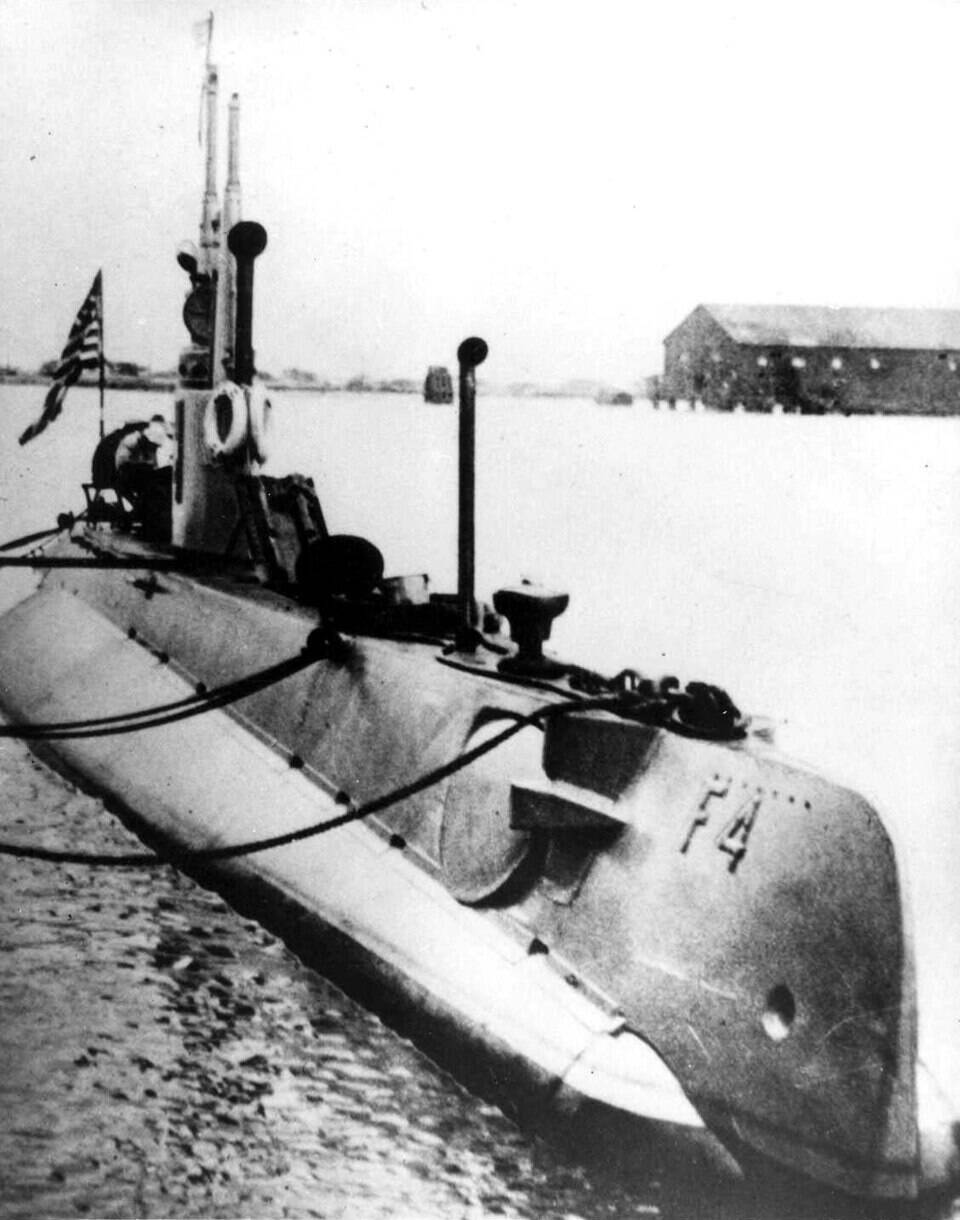
An early F-class submarine, the USS F-4 became the first commissioned U.S. Navy submarine to be lost at sea in 1915 when it sunk off the coast of Hawaii.
The mission was supposed to be a routine training dive, but the submarine unexpectedly lost communication and failed to resurface. Searchers eventually recovered the submarine in over 300 feet of water. While all 21 crew members were lost, the submarine was eventually raised to the surface — an impressive salvage operation for the time.
HMS K13 – 1917

This steam-powered submarine sunk during its sea trials off Gareloch, Scotland in 1917, in an incident blamed on design flaws and human error. A frenzied rescue effort unfolded over the next 57 hours as divers and salvage teams worked to free the 80 people inside.
Working at a depth of 50 feet, salvage teams managed to cut a hole into the hull and rescue 48 survivors. Sadly, 32 people died in the incident, including some of the rescuers. The submarine was later raised, repaired, and recommissioned as HMS K22.
UB-85 – 1918

UB-85, a German U-boat in operation during World War I, was captured on the surface by a British patrol boat, and all 34 of its crew members were taken prisoner without incident. It was an unusual event, as most German crews would scuttle and sink their U-boats rather than allow their capture.
A legend persisted that the night before the capture, the submarine was attacked by some kind of a sea monster, which damaged its ability to dive underwater. While the submarine was indeed unable to dive underwater and was essentially a sitting duck on the surface, the likely reason is mechanical failure rather than some kind of kraken.
USS Thresher – 1963

One of two submarines to bear the name “Thresher,” the second USS Thresher — a nuclear-powered attack submarine — sank during deep-diving tests in April 1963, killing all 129 crew onboard.
This marked the first time a nuclear submarine was lost at sea. Because of the hazardous materials onboard and top-secret aspects of its design, the Navy was eager to recover the submarine and prevent it from falling into enemy hands. It was eventually found, and the disaster led to improved safety requirements on all U.S. Navy submarines.
USS Cochino – 1949
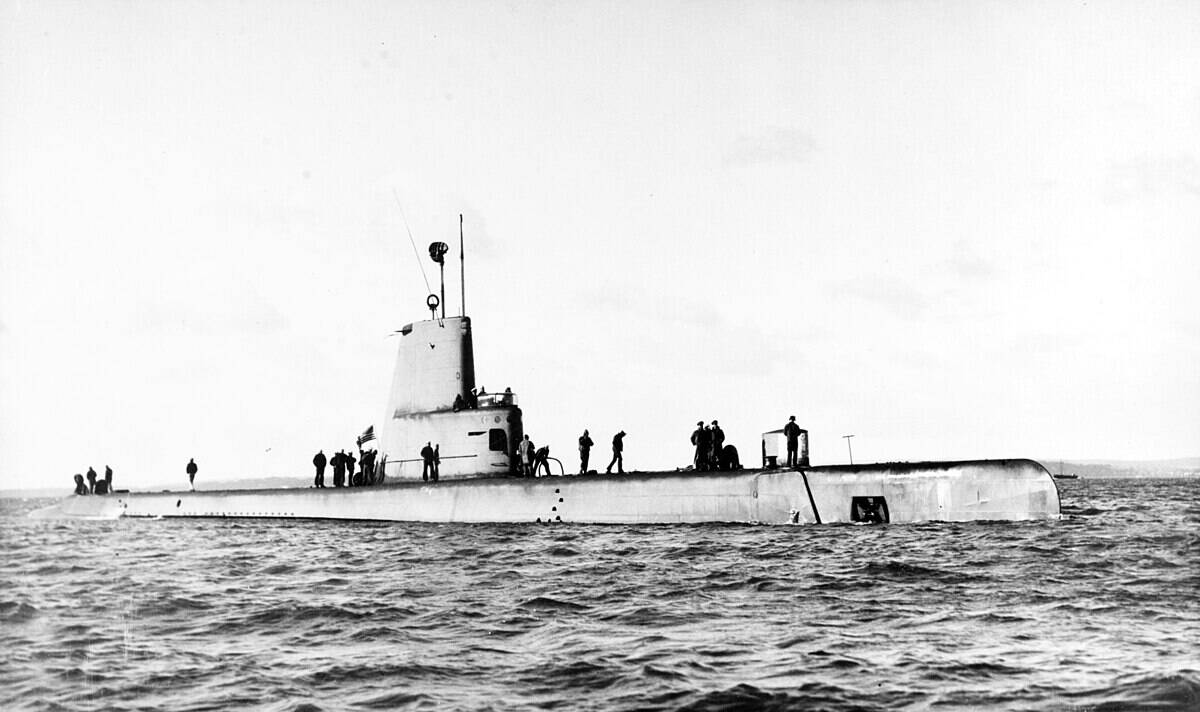
During a Cold War-era intelligence-gathering mission in the Arctic Circle near Norway, the USS Cochino suffered a battery explosion, which released hydrogen gas and toxic fumes. A second, more violent explosion soon followed, leaving the crew to battle to save the crippled sub.
After more than 14 hours at sea, another submarine — the USS Tusk — arrived on scene to help. While the Cochino sank, the rescue operation was a mixed success. All but six crewmen survived the ordeal, while one crewman from the Tusk died.
HMS Affray – 1951

The HMS Affray, a British Amphion-class submarine, sunk in the English Channel during a training exercise in 1951, resulting in the deaths of all 75 men on board. To date, it’s the last time a Royal Navy submarine has been lost at sea.
An investigation revealed that a snorkel mast — used for drawing in air while submerged — had probably snapped off, which would have caused rapid flooding and doomed the sub.
USS Scorpion (1968)
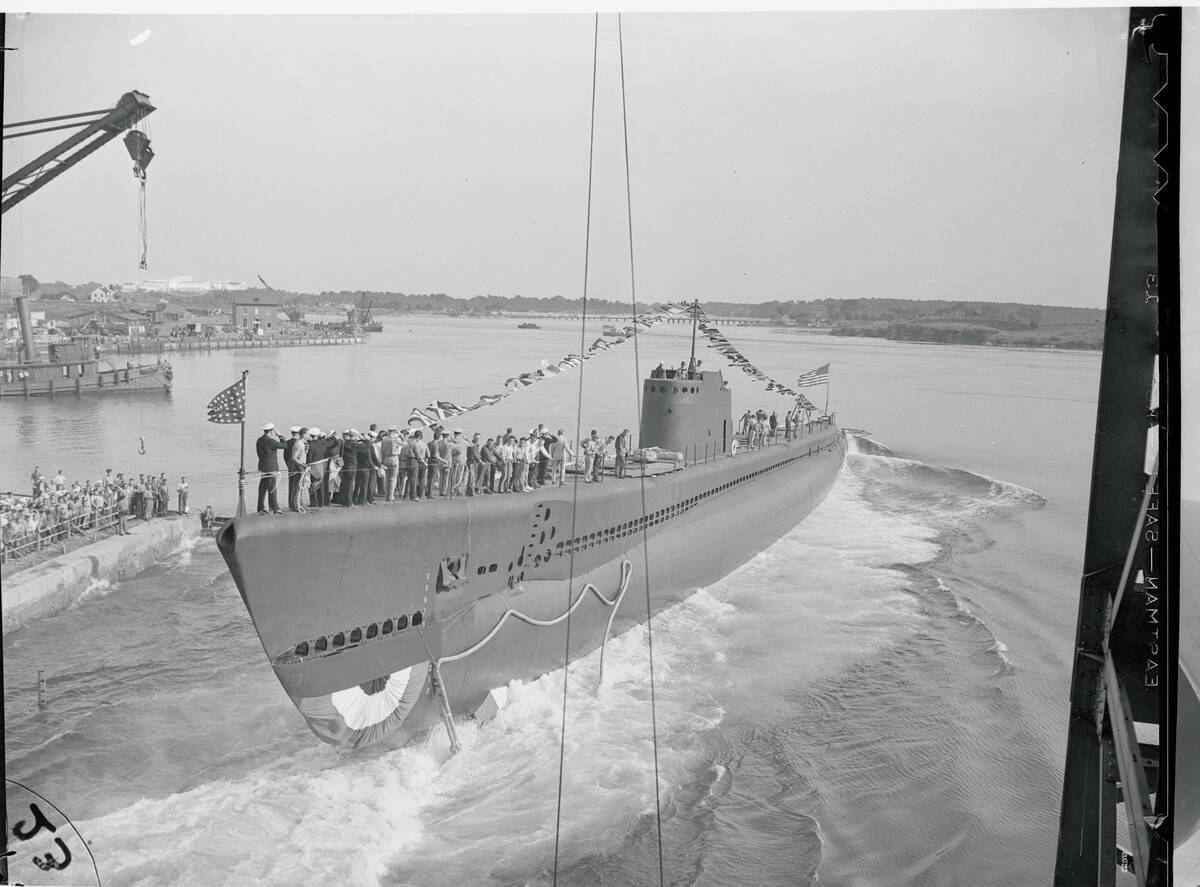
While en route from a deployment in the Mediterranean to Norfolk, Virginia, the USS Scorpion — a nuclear-powered attack submarine — went down somewhere in the Atlantic in 1968.
A massive search found that the sub was lying on the ocean floor, more than 9,800 feet beneath the surface, southwest of the Azores. No definitive cause for its mysterious sinking has ever been identified. Owing to its depth, the wreck — and its nuclear reactor — still sits on the ocean floor.
K-129 – 1968

Another mysterious submarine disaster occurred in 1968 when the K-129, a Soviet diesel-electric submarine, sank in the North Pacific Ocean with the loss of all 98 crew members.
Intriguingly, the U.S. was first to identify the disaster and the location of the wreck, and took part in a top-secret project — Project Azorian – with billionaire Howard Hughes and the CIA — to recover the wreck. Using a specially constructed ship under the guise of oceanic research, the U.S. attempted to recover the wreckage, though these efforts were eventually unsuccessful.
K-219 – 1986

This nuclear-powered ballistic missile submarine is technically a victim of the Bermuda Triangle, as it suffered a catastrophic accident in 1986 just off of Bermuda. A suspected seawater leak into a missile silo caused an explosion that ruptured the hull and caused a radioactive leak.
The crew was unable to save the submarine, and it eventually sank. However, rescue efforts ensured that most of the crew members were saved. While concerns persist about nuclear contamination, no large-scale leak has been identified.
Komsomolets (K-278) – 1989
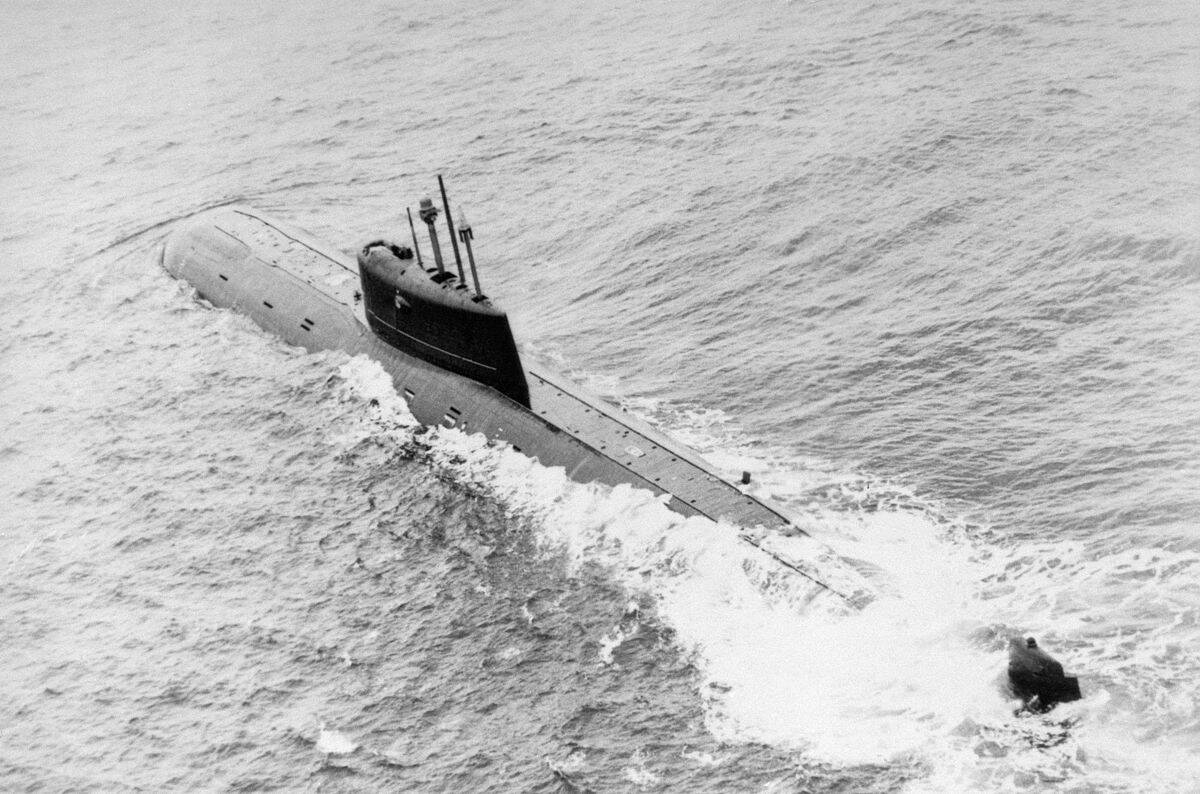
Noteworthy for being the deepest-diving military submarine ever built, the K-278 Komsomolets could dive to depths in excess of 3,280 feet. During a 1989 patrol in the Norwegian Sea, the submarine suffered a catastrophic fire, likely caused by a short circuit.
Efforts to save the stricken sub failed, and the crew was forced to abandon the sinking submarine. In all, 42 of the 69 crew members perished in the incident.
Kursk – 2000
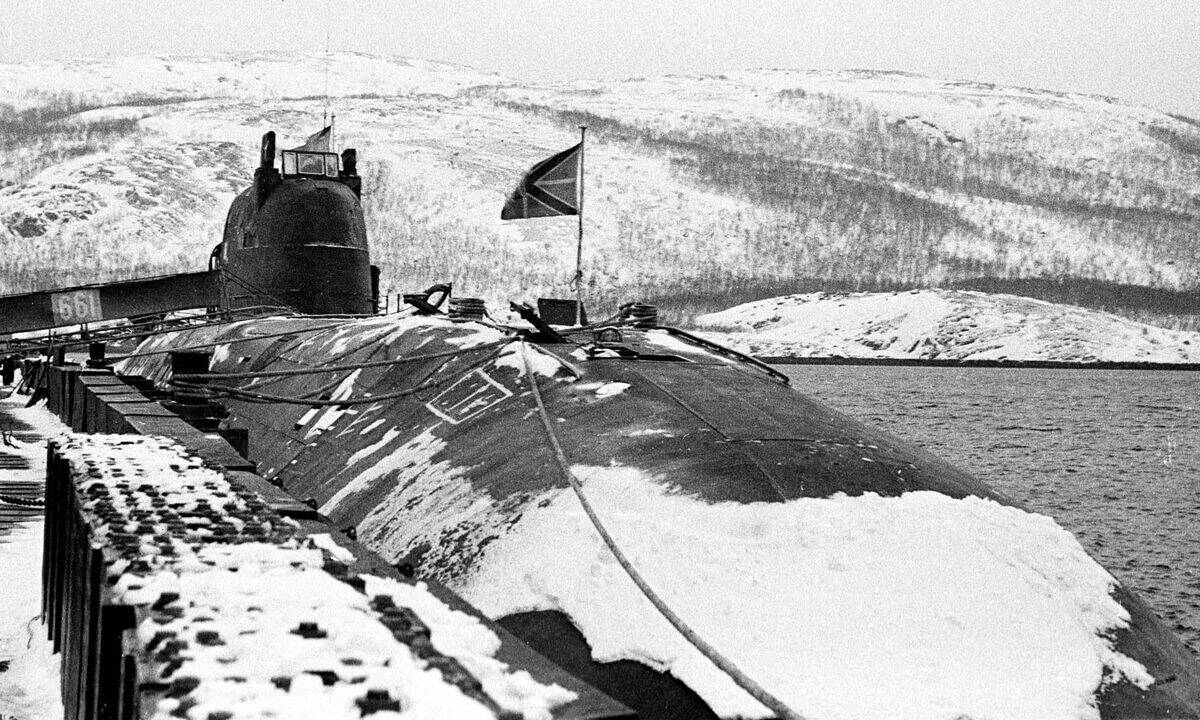
One of the largest and most powerful attack submarines ever built, the nuclear-powered Kursk sank during a naval exercise in the Barents Sea in 2000.
The disaster became a massive controversy after the Russian Navy struggled to respond and delayed accepting international assistance. When rescue teams finally found the submarine on the bottom of the Barents Sea, they detected survivors — but by then, it was too late to save them.
ARA San Juan – 2017

This Argentine diesel-electric submarine disappeared in the South Atlantic during a routine patrol in 2017. It remained missing for over a year, until it was finally found at a depth of nearly 3,000 feet.
An investigation revealed that a likely failure in the battery compartment had caused a catastrophic implosion. All 44 crew members were lost. It was an incident that deeply affected Argentina, prompting widespread mourning and calls for improved safety at sea.
Pisces III – 1973
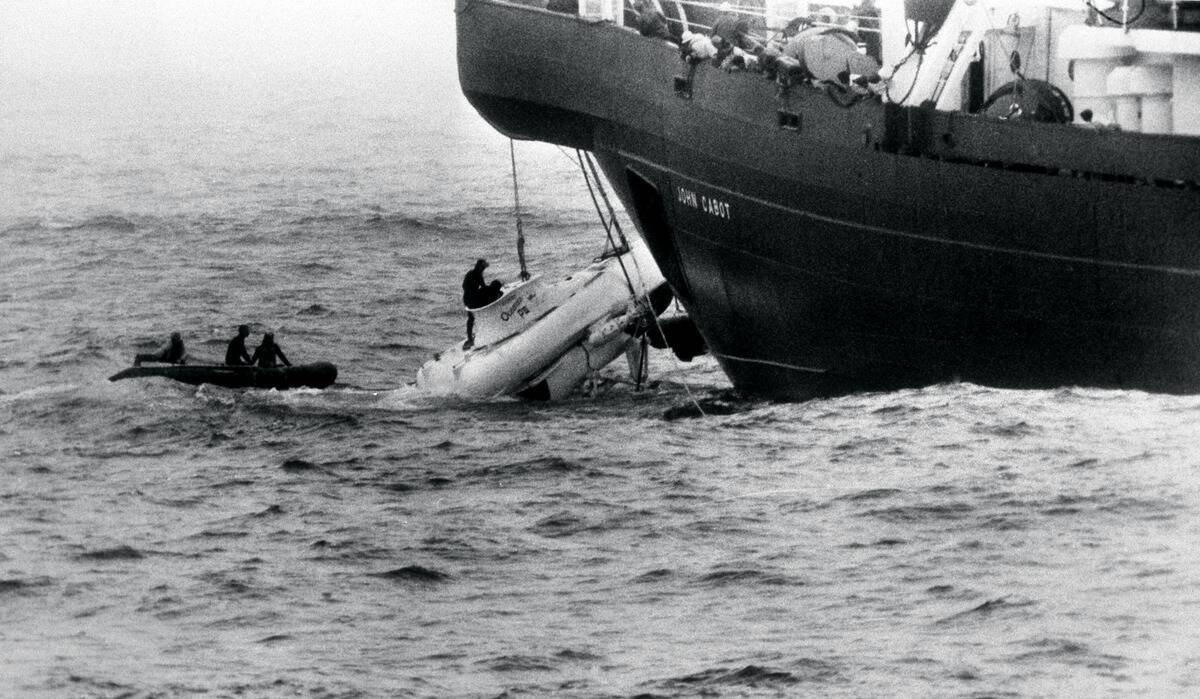
The Pisces III was a deep-sea submersible for scientific exploration, and in 1973, it became the subject of a dramatic rescue operation. After losing buoyancy during a routine dive, it sank to a depth of 1,575 feet with two men on board.
After nearly 76 hours underwater, facing dwindling oxygen levels and rising carbon dioxide, the men were saved after rescue crews managed to winch the submersible to the surface.
OceanGate Titan – 2023
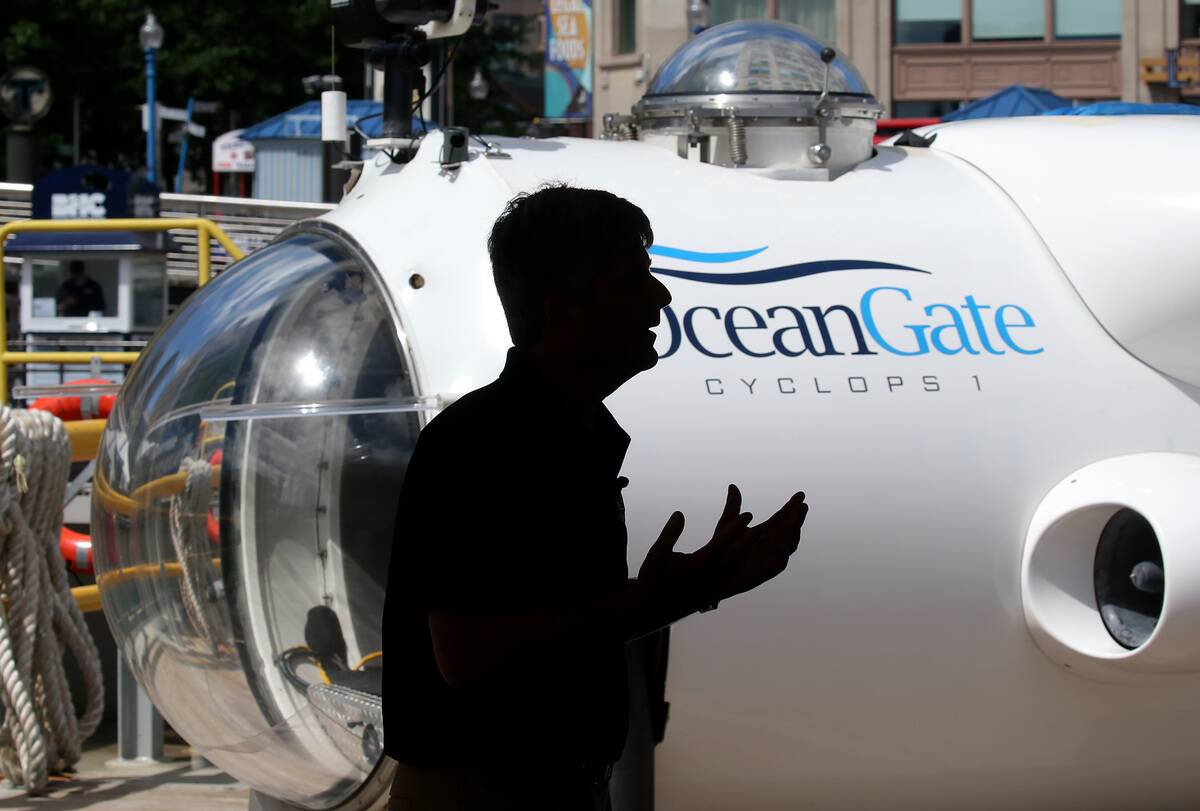
The most noteworthy deep-sea incident of recent years, the Titan — a submersible designed by Stockton Rush’s OceanGate for the purpose of facilitating tourist dives to the wreck of the Titanic — imploded in 2023. All five people onboard, including Rush, died.
The reasons for the implosion were numerous: The submersible was not certified by any regulatory body, and its carbon fibre construction had become weakened after repeated deep-sea dives. The incident prompted memes, documentaries, and widespread criticism of both OceanGate and Stockton Rush.


